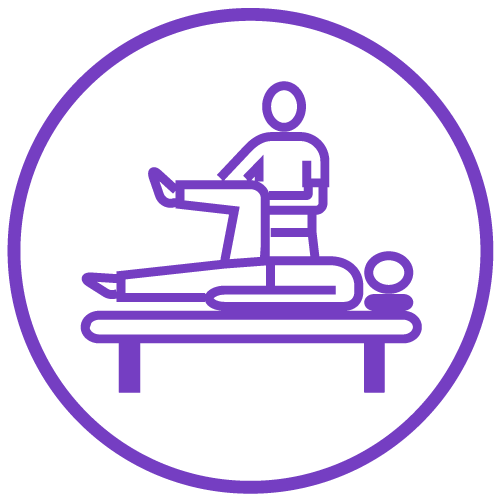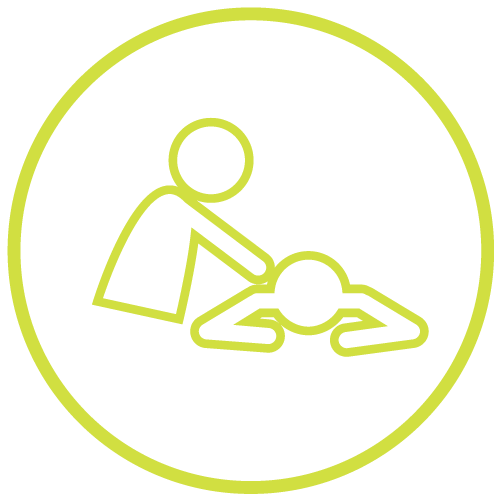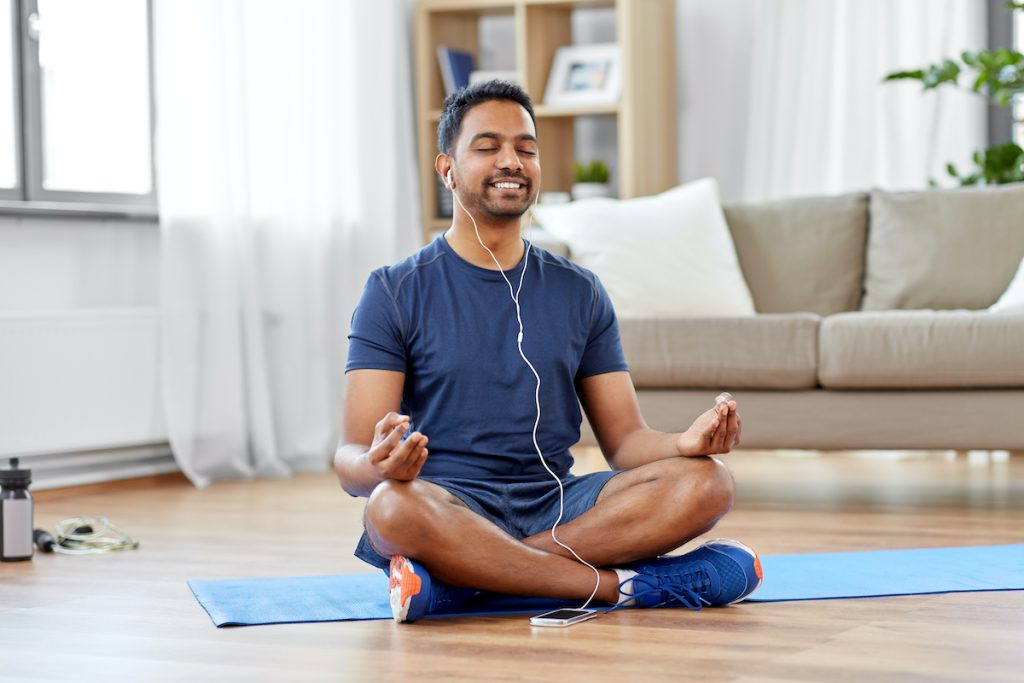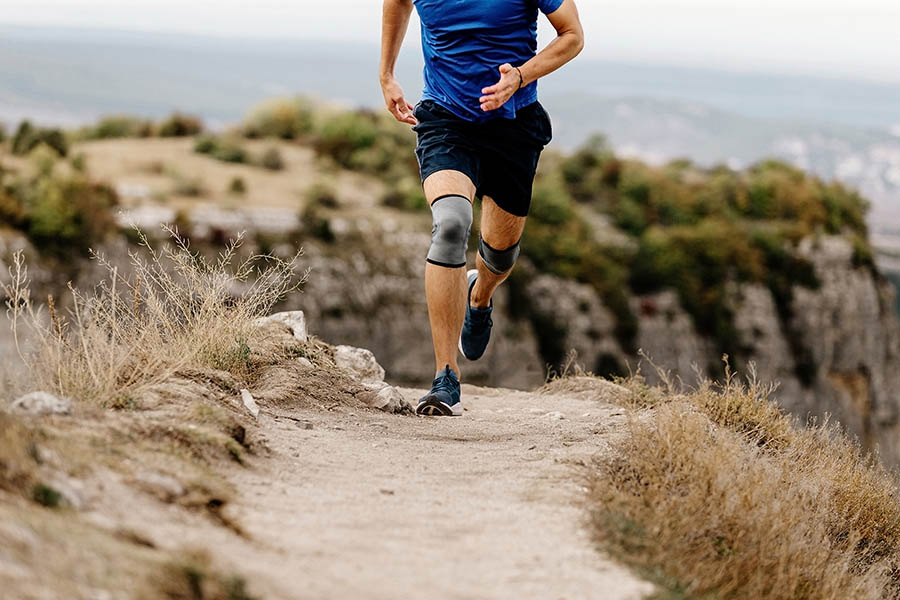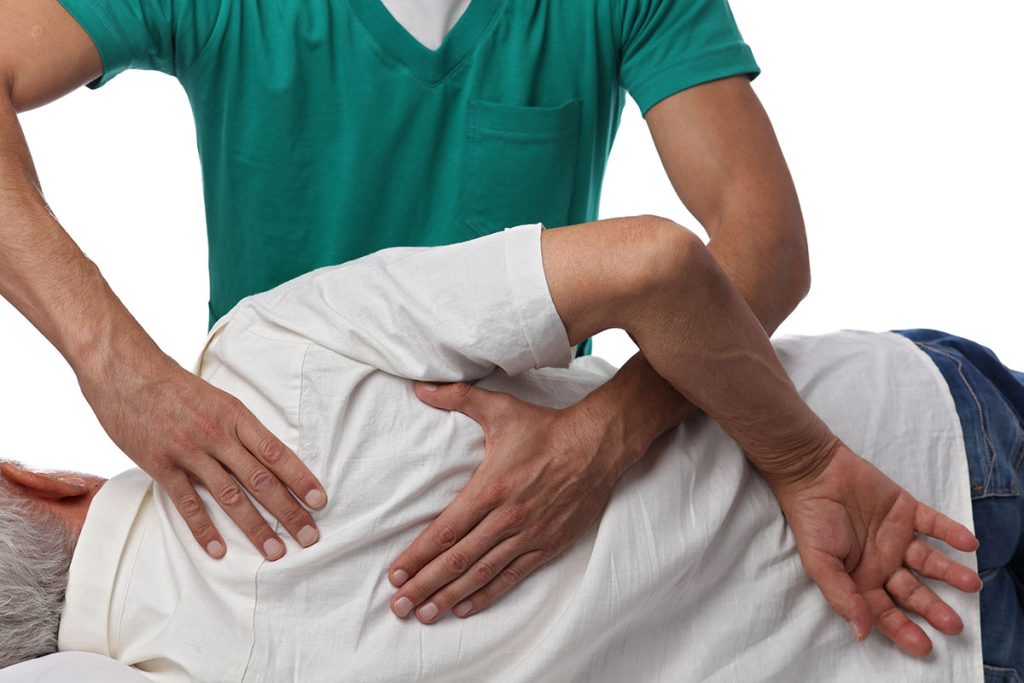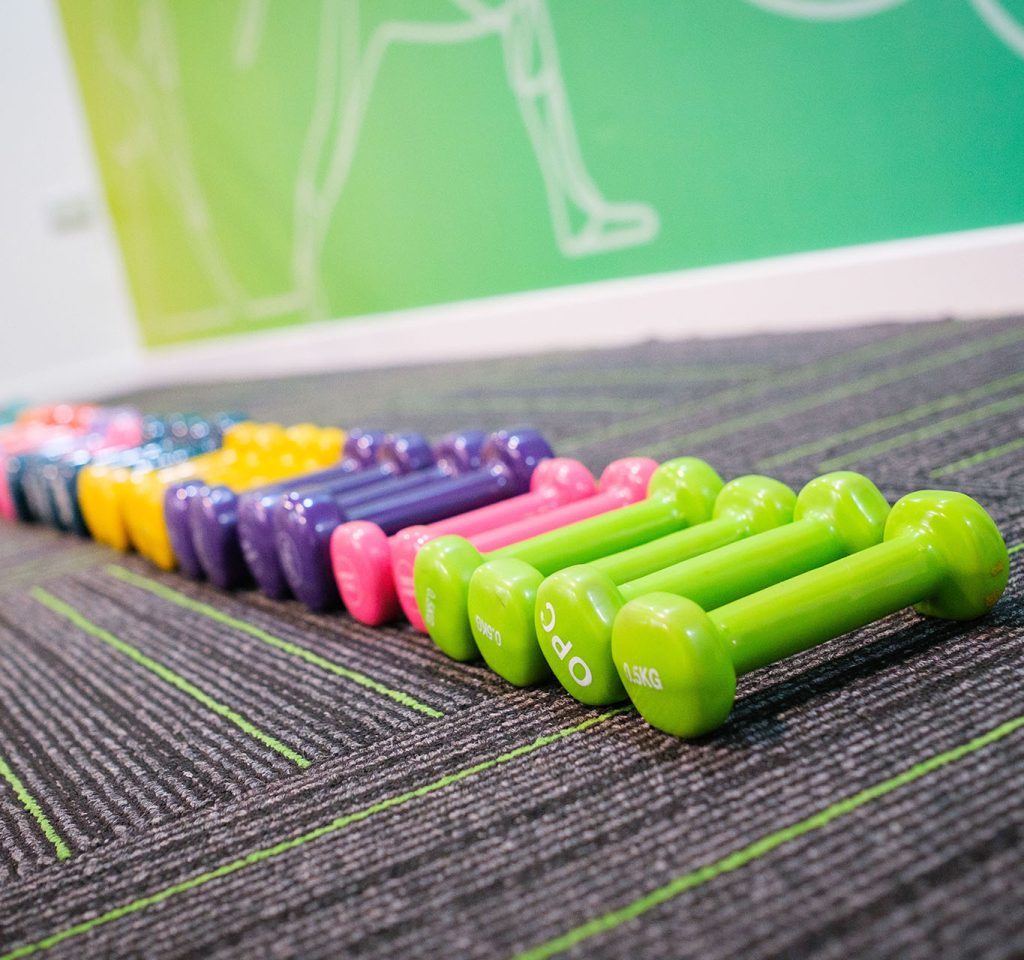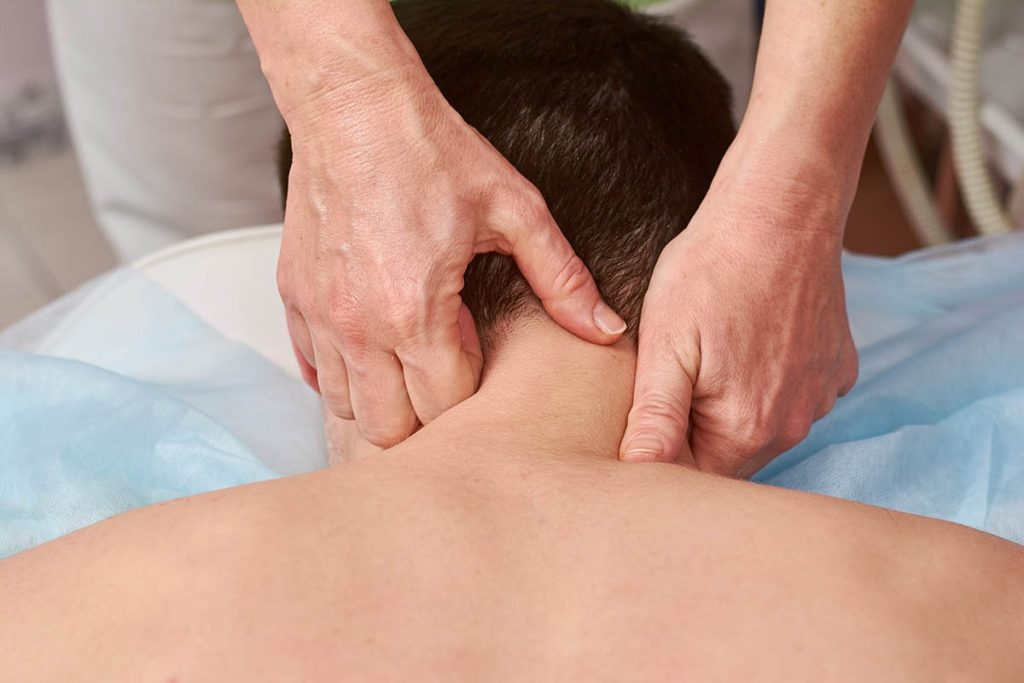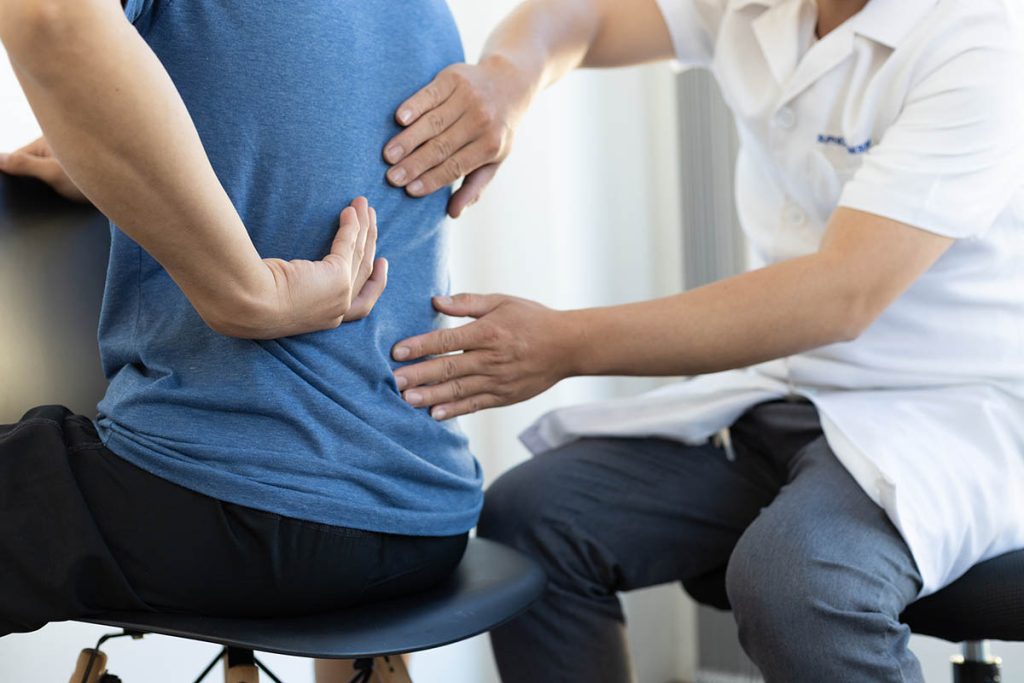Are you experiencing pain at the front of your thigh, in the groin or around your general hip area? If yes, you could be experiencing Hip Osteoarthritis.
What is it?
Hip Osteoarthritis is an inflammatory condition of the hip joint due to breakdown or ‘wear and tear’ of the articular cartilage inside the joint.
Articular cartilage normally lines the joint surface, helping with shock absorption and allowing the hip joint bones to move smoothly and painlessly.
What causes it?
When the articular cartilage breaks down and wears away over time, eventually all that is left at the joint surface of the hip are the bones rubbing together. This can cause pain symptoms including inflammation, swelling, grating and stiffness.
- Research suggests there are a number of factors, not just one, which lead to hip osteoarthritis. These factors include:
- Age (we are now living longer on average than in the past)
- Muscle weakness or biomechanical discrepancies (that cause excess load on the hip joint over time)
- Obesity/overweight (placing more stress on the joint)
- Previous injury to the hip joint
- Activities, sport, or jobs that involve repetitive strain on the hip joint
- Genetic tendencies
- Congenital deformities of the hip joint or surrounding structures
Unlike other forms of arthritis, osteoarthritis only affects joints.

Common symptoms
Pain can be felt in the groin area; however, it can also refer to the front of the thigh or be felt anywhere around the hip area.
Stiffness, weakness, and loss of joint range of motion are common symptoms of osteoarthritis. Hip osteoarthritis can affect common daily activities such as walking, climbing stairs or driving.
Symptoms are typically worse upon moving the joint after being still, for example, upon getting up first thing in the morning or getting up after sitting down for an extended period. However, symptoms generally decrease after moving around unless the joint degeneration is more severe.
How long does it take to get better?
While osteoarthritis cannot be reversed, pain reduction can be achieved in as little as four weeks with the correct care.

How do we get it better?
Currently, there is no cure for osteoarthritis, and joint degeneration cannot be reversed. Therefore, the aim of treatment is to reduce or eradicate pain and discomfort and to restore joint mobility, strength and stability as much as possible. There are indeed plenty of people out there with arthritic joints who are experiencing minimal to nil pain and can still do most activities they want to do.
Manual therapy techniques such as massage, joint mobilisation, acupuncture and electrotherapy modalities will be utilised by your practitioner as required. Research has proven certain exercise therapy to be very helpful for hip osteoarthritis. Your therapist will advise the best exercises for you and show you the best way to do them.
Surgery for hip joint replacement may eventually be required as the joint continues to deteriorate. However, it is best to delay this process for as long as possible as these artificial joints only last for a specific period of time. Seeking appropriate treatment and getting professional advice will allow you to stay as active and pain-free as possible, and will delay surgery for as long as possible by slowing down the rate of degeneration of the joint.
Do you want help treating the symptoms of Hip Osteoarthritis? Contact BodyViva today.


